Benford’s law is a statistical observation. If I remember the story more or less correct, Benford found at some point in time that those old logarithm tables had pages that were far more worn out compared to others. And it seems that people used those old (but at the time very important) tables much more for numbers starting with small digits like 1 or 2 and much less for high leading digits like 8 or 9. The observation was that the probability of a leading digit of d was given by log(1 + 1/d). I remember that during a train ride to the city of Utrecht about two decades ago I found a very simple distribution that gives the Benford law perfectly for numbers written in the usual base 10. Basically if you use a uniform distribution in the exponent, that more or less always gives rise to some approximation of Benford’s law.
A few weeks back for no reason at all, I did a search on the preprint archive on the subject of Benford’s law and a rather strange article popped up. It is written by Kazifumi Ozawa. Title: Continuous Distributions on $(0, \infty)$ Giving Benford’s Law Exactly.
Link: https://arxiv.org/pdf/1905.02031.pdf
Yet the way I did the stuff two decades back suggests that it is very hard to make a continuous distribution on such a large interval like 0 to infinity (the positive real line). So I decided to give a bunch of examples that all give Benford’s law perfectly. And I skipped studying the theorem at the end of the article of Kazifumi Ozawa. Yet that theorem of Suihara looks very interesting so may be that is something for a future post although this website is more or less dedicated to higher dimensional complex numbers of course.
The math in this post is more or less as basic as it gets: You need to know what the logarithm with base 10 is and it would be great you need the first course basics of probability theory. So it is handy you know about probability density functions p(x) and if you integrate them you get the probability for a particulat set. I guess all university introductionary courses in probability theory cover that for a lot of studies like math, physics, chemistry, biology and so on. Ok, it is handy if you can integrate such probability densities a bit but I have to admit I skipped all things related to that (so basic is this post). But I skipped a lot of things yet this post is still 10 pictures long. All pictures are of size 550 x 775.
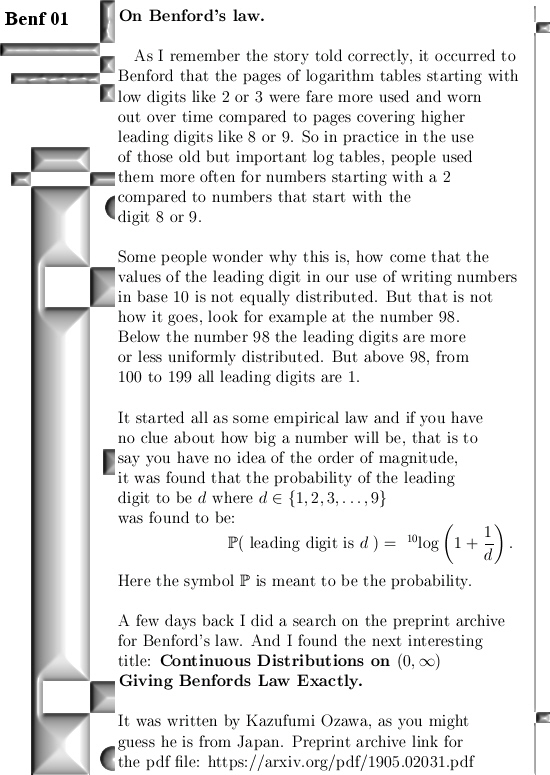
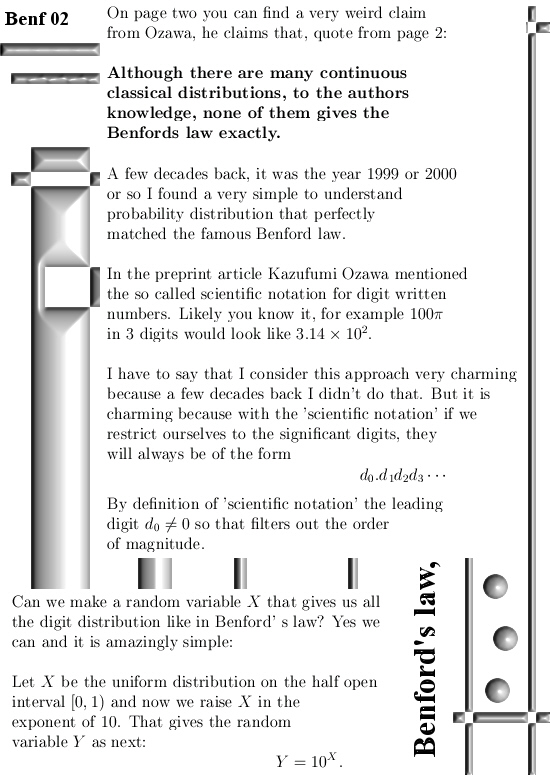
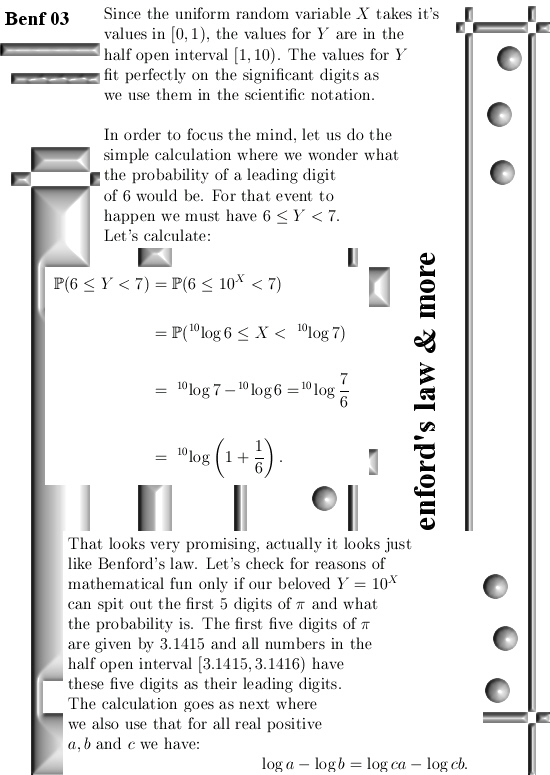
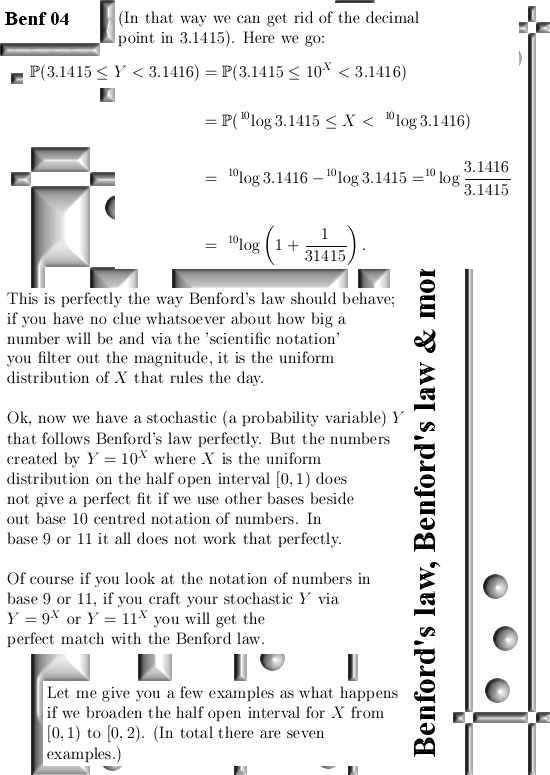
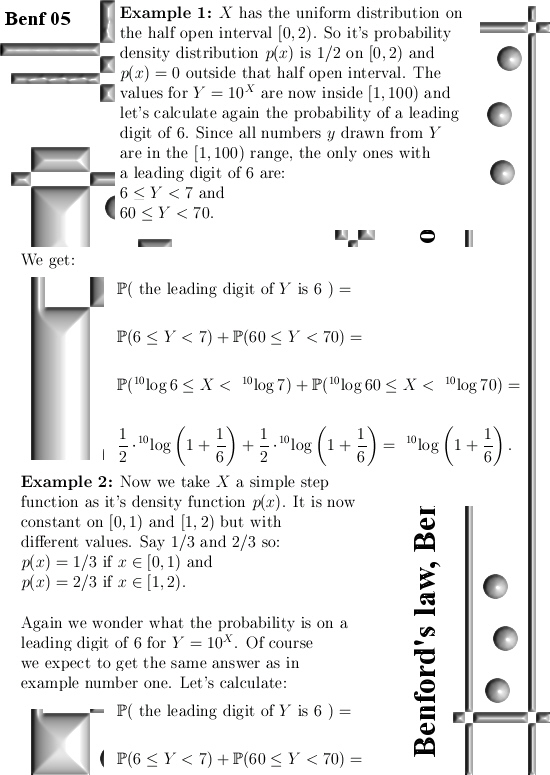
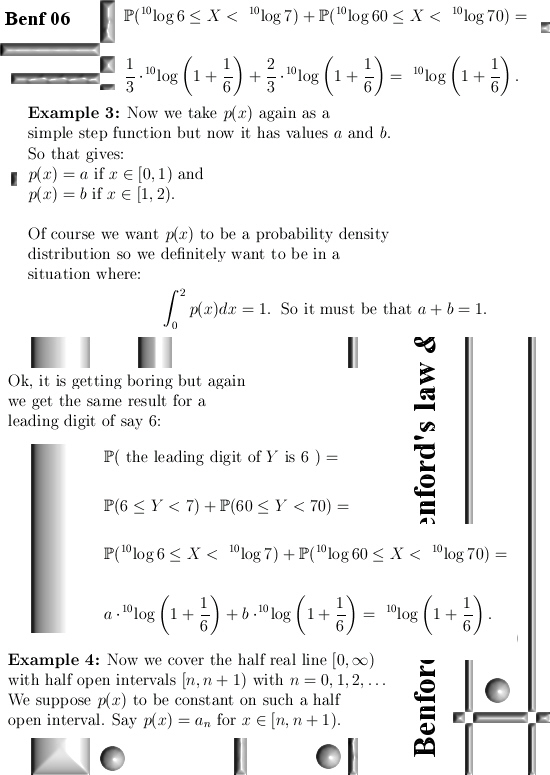
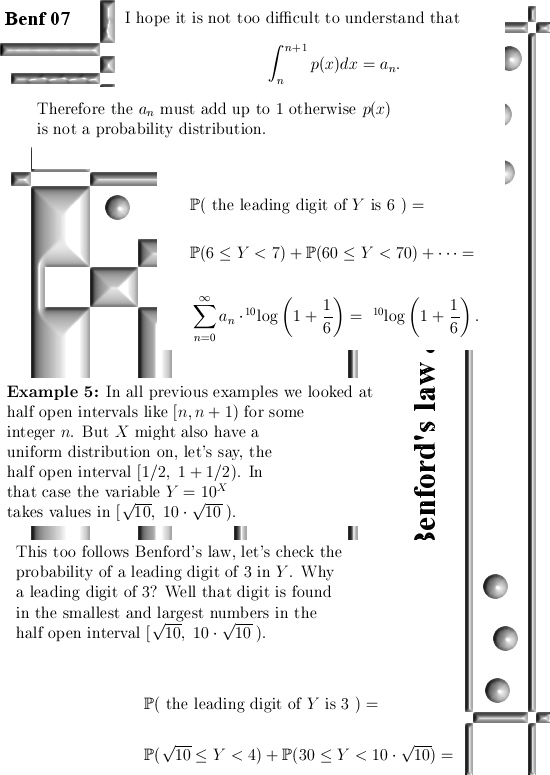
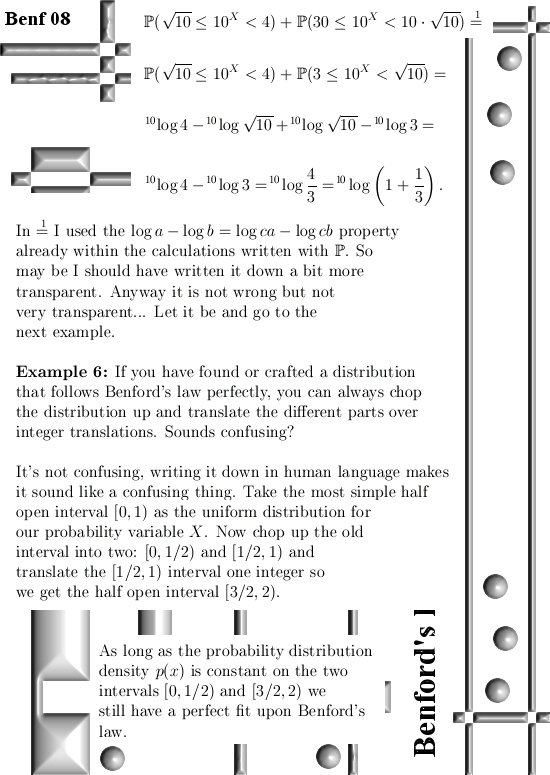
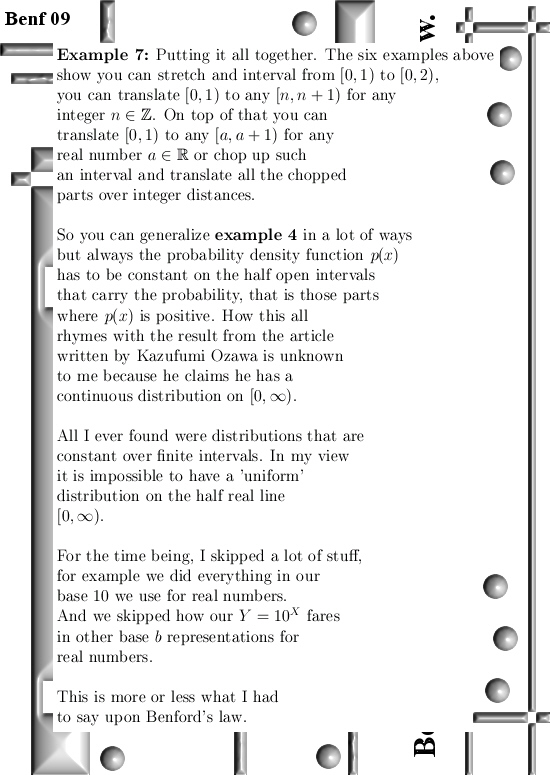
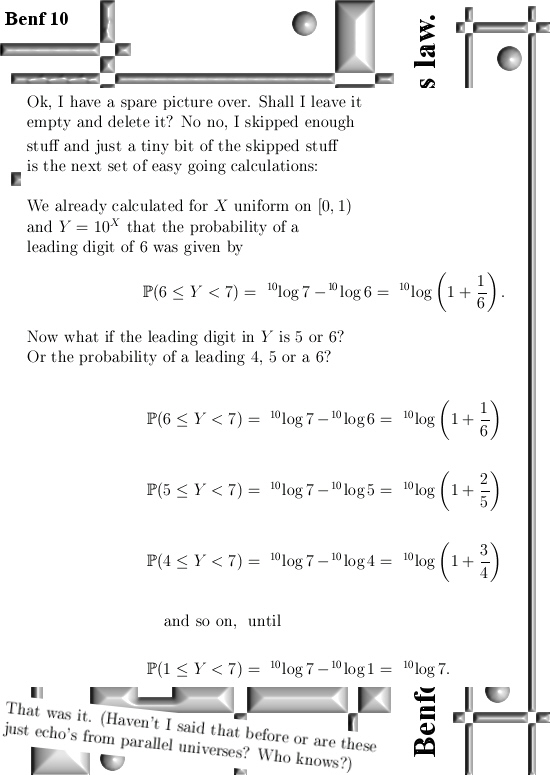
That´s it for this post. Till updates my dear reader.